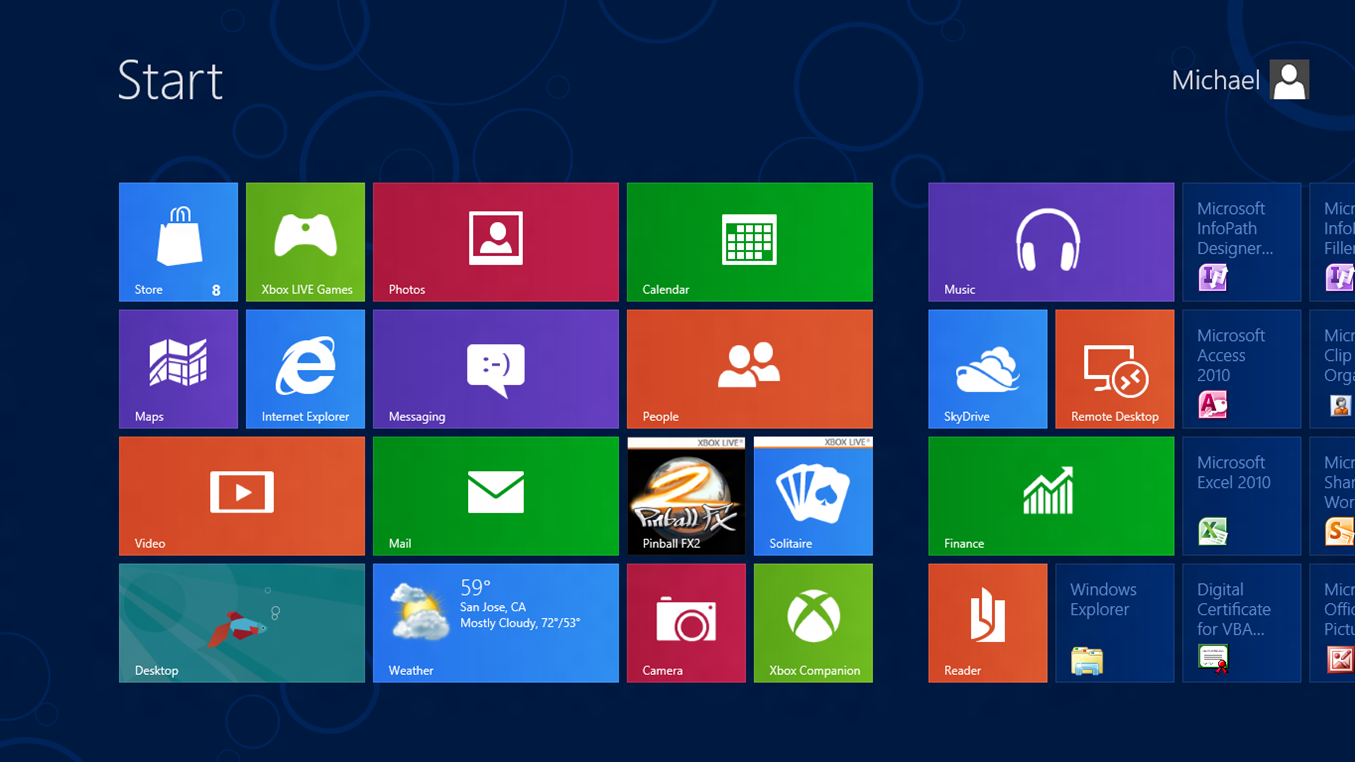
Some are even faster than using the touchscreen
By Tim Greene, Network World
December 05, 2012 08:27 AM ET
Network World – Get over it. Windows 8 is different from Windows 7, which means learning new stuff including keyboard shortcuts that can save valuable time vs accomplishing the same thing using touchscreen commands.
Here are a dozen of the most useful ones:
1. Admin Menu: It’s not the Start Menu so familiar in earlier versions of Windows, but the Admin Menu is as close as it gets in Windows 8. Windows + X pops it up from the bottom left corner.
2. Charms: When you hit Windows + C the Charms bar pops out from the right-hand side of the screen. Charms, a new Windows feature, are a set of tools such as Search, Share and Settings that are located in a Charms Bar that can be flicked in from the right side of the display on a touchscreen.
3. Settings: One of the Charms is Settings. To avoid calling out the Charms bar then choosing Settings it’s possible to go directly to Settings: Windows +I. This will reveal the Power button, too. Click on that to reveal the Sleep, Shut down and Restart options, options users say are way too hard to find.
4. Sharing: If you are in an application and want to email or share its content with someone on a social network, hit Windows + H.
5. Second screen: If you are connecting to a second screen as you might presenting a PowerPoint in a conference room, use Windows + P.
6. Search: There are three layers of Search: Apps, Settings and Files. Using touch it calls for whisking out the Charms bar, selecting Search then choosing one of the three layers. With shortcuts, each layer can be reached with one command. They are: Apps: Windows + Q ; Settings: Windows +W ; Files: Windows + F
7. Snap an app: It’s possible to snap an application on hold in the right or left quarter of the screen with a second active app occupying the rest of the screen. To snap to the right, press Windows + . ; to snap to the left, press Windows + Shift + .
8. Running Apps: Thumbnails of apps that are running are concealed off the left side of the screen. Pressing Windows + Tab reveals them.
9. To close an app: It’s just like it was in Windows 7: Alt + F4 .
10. The desktop: While it’s different from the traditional desktop, it is much more familiar territory than the Start Screen. Typing Windows + D brings up the Desktop.
11. Explorer: To launch the familiar Windows Explorer, type Windows + E.
12. Lock the PC: Windows + L brings the computer back to the lock screen, which requires a password.
